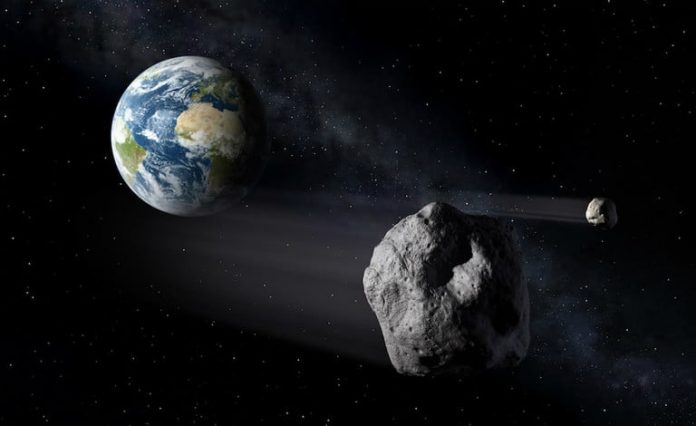An amateur astronomer has spotted a huge asteroid more than half a mile across, and it’s headed near Earth.
But there’s no need to panic. Asteroid 2020 QU6 will miss our planet by 25 million miles.
Amateur astronomer Leonardo Amaral discovered the asteroid at the Campo dos Amarais observatory in Brazil. The Planetary Society in 2019 awarded Amaral an $8,500 grant to purchase a more stable telescope mount for better tracking and longer camera exposures. The Society’s Shoemaker NEO Grant program funds advanced amateur astronomers around the world who find, track, and characterize potentially dangerous space rocks. Much of this work follows up on asteroids discovered by large-scale sky surveys, providing observations crucial to orbit determination or asteroid characterization.
Currently, all of the world’s major professional asteroid-hunting sky surveys are located in Earth’s northern hemisphere, making our planet vulnerable to objects sneaking up from south of the equator. Amaral’s southern hemisphere location was a major plus for Shoemaker program reviewers and a key to him making such a large asteroid discovery.
Asteroid 2020 QU6 joins a rogues’ gallery of other current near-Earth objects in the news. Most recently, an asteroid named 2018 VP1 made headlines after scientists determined it would whiz past Earth the day before Election Day in the United States. The asteroid won’t hit Earth, and even if it did, it’s so small that it wouldn’t cause any damage.
“In the news, we hear more and more frequently about asteroid discoveries primarily because we are getting better at finding and tracking near-Earth asteroids,” says Planetary Society Chief Scientist Bruce Betts. “There aren’t suddenly more asteroids, we’re just getting better at seeing them.”
Amaral’s asteroid is an outlier in terms of size. Most estimates say 90% of objects at least a kilometer wide have already been found, and none will hit Earth anytime soon. A more pressing need is the detection of smaller asteroids that can still cause regional-scale devastation.
In 2013, a 20-meter-wide asteroid exploded over the Russian city of Chelyabinsk, shattering windows, damaging buildings, and injuring more than 1,000 people. A century earlier in 1908, a larger asteroid exploded over Tunguska, Siberia, leveling an entire forest. If a Tunguska-sized asteroid were to strike a major metropolitan area, millions of people could be killed.















